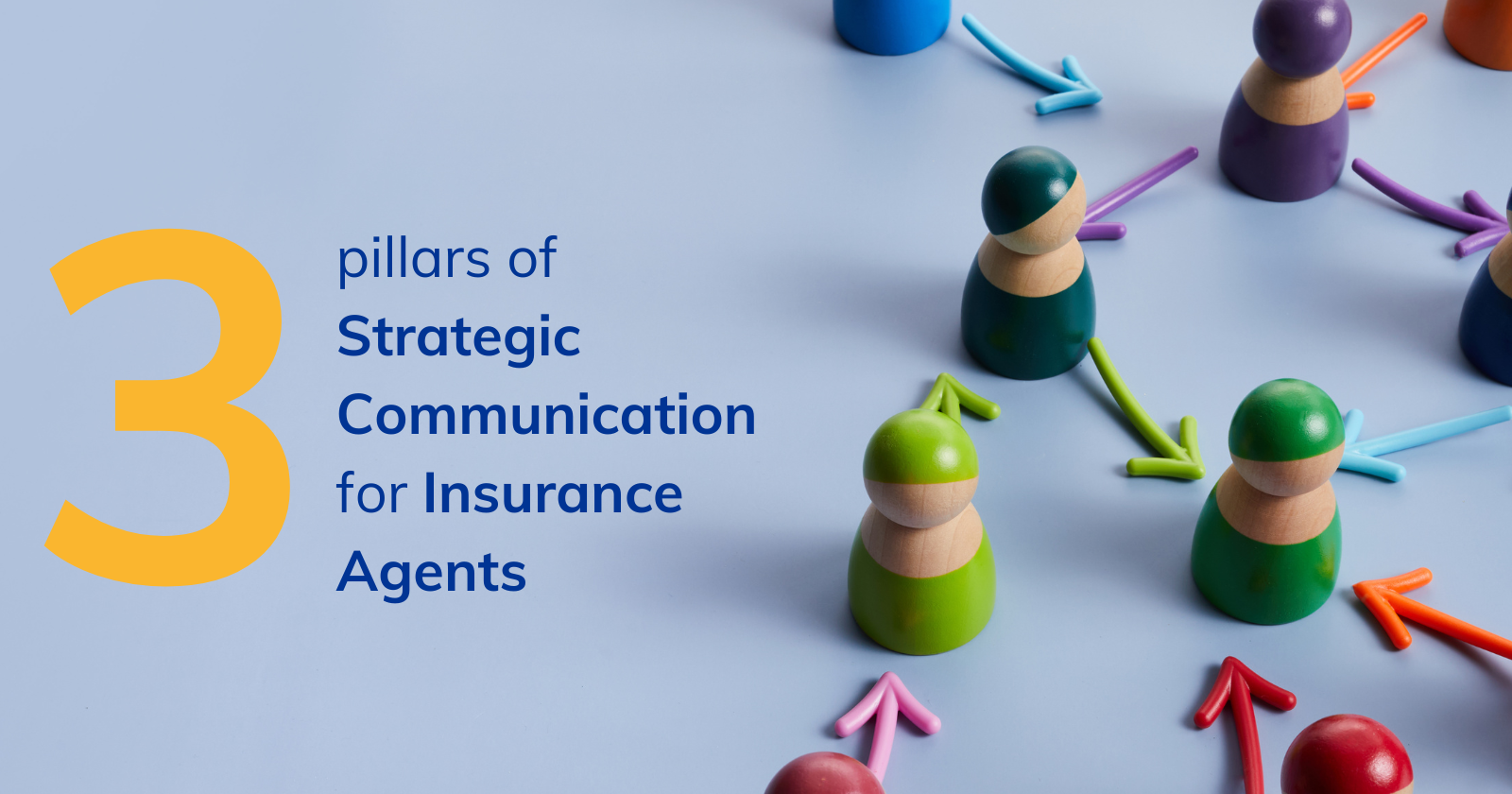
Be Consistent
Consistency is the cornerstone of any successful communication strategy. Building trust and maintaining a strong rapport with clients requires a steady and reliable presence. Here are some key aspects to consider:
a. Regular Check-Ins
Establish a routine for reaching out to clients. Regular check-ins, whether monthly, quarterly, or annually, demonstrate your commitment to their well-being beyond policy transactions.
b. Timely Responses
Respond promptly to client inquiries or concerns. Timely communication not only addresses issues swiftly but also reinforces your dedication to providing excellent customer service.
c. Consistent Messaging
Ensure that your messaging is uniform across all communication channels. Consistency in language and tone helps reinforce your brand identity and creates a cohesive client experience.
d. Scheduled Updates
Implement scheduled updates on policy changes, industry trends, or relevant news. These updates not only keep clients informed but also showcase your proactive approach to communication.
Automate
Automation is a powerful tool that allows insurance agents to streamline communication processes, saving time and ensuring a consistent client experience. Here’s how you can effectively leverage automation:
a. Customer Relationship Management (CRM) Systems
Invest in a robust CRM system to automate routine tasks, such as sending birthday greetings, policy renewal reminders, and other scheduled communications. This technology helps agents stay organized and ensures no client falls through the cracks.
b. Automated Responses
Implement automated responses for common queries or frequently asked questions. While personalization is crucial, automation can handle routine inquiries, freeing up time for more complex client interactions.
c. Drip Campaigns
Develop drip campaigns to nurture client relationships over time. These automated sequences can include educational content, policy updates, and relevant information to keep clients engaged and informed.
d. Claim Updates
Use automation to provide timely updates on the status of insurance claims. Clients appreciate being kept in the loop during stressful situations, and automated updates demonstrate a commitment to transparency.
Use Various Mediums
Diversifying communication channels ensures that your messages reach clients in a way that suits their preferences. Here are some mediums to consider incorporating into your communication strategy:
a. Phone Calls
While we live in a digital age, the personal touch of a phone call remains invaluable. Schedule periodic phone calls for in-depth policy reviews, personalized consultations, or to address any concerns clients may have.
b. Emails
Send regular newsletters, policy updates, and educational content via email. Email remains a versatile and widely accepted communication medium that allows for more detailed information sharing.
c. Text Messages
Utilize SMS for brief updates, appointment reminders, or urgent communications. Text messages are often read quickly and can be an effective way to convey important information in a timely manner.
d. Video Conferencing
Embrace video conferencing tools for virtual face-to-face meetings. This medium adds a personal touch and is particularly useful for clients who prefer visual communication.
e. Social Media
Leverage social media platforms to share industry insights, relevant news, and engage with clients. Platforms like LinkedIn or Twitter can serve as additional channels for building your online presence and connecting with clients in a more casual setting.
Mastering client engagement through strategic communication is non-negotiable. The three pillars—consistency, automation, and the use of various mediums—form the foundation of a robust communication strategy for insurance agents.
By being consistent, insurance agents build trust and reinforce their commitment to clients. Automation streamlines processes, ensuring that routine tasks are handled efficiently, and clients receive timely updates. Using various communication mediums allows agents to cater to diverse preferences, reaching clients in ways that resonate with them personally.
Incorporating these three pillars into your communication strategy will not only strengthen client relationships but also position you as a proactive and client-focused insurance professional. As technology continues to advance, adapting and refining your communication approach will be key to staying ahead in the competitive insurance landscape.


